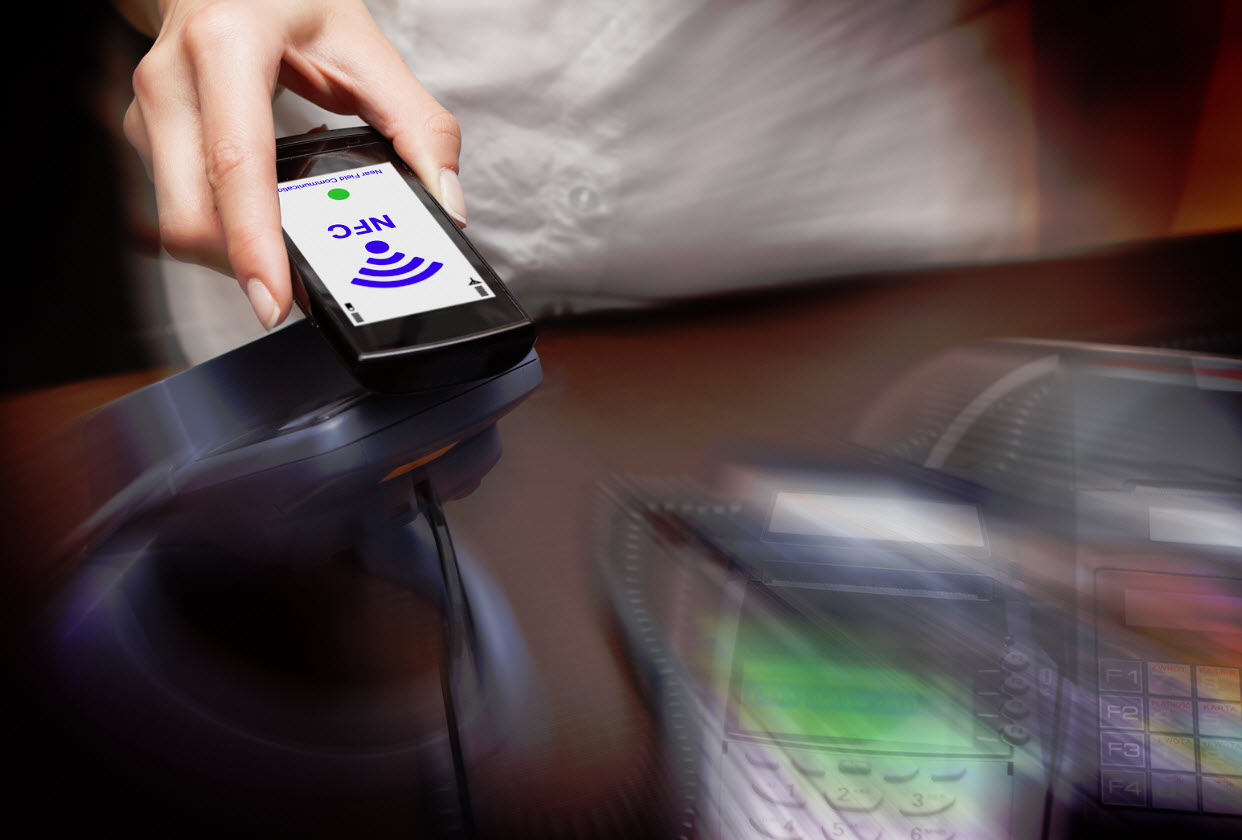The South Korean consumer electronics manufacturer is taking its mobile payments system into more countries.
Samsung Pay, the mobile payments system that uses NFC technology through the devices from the South Korean tech giant, will now be headed into a broader range of countries across the globe, expanding it well beyond its very limited initial release.
The mobile wallet will be available to consumers throughout a handful of additional countries worldwide.
In a recent tweet, Samsung expressed that while the NFC technology based mobile wallet is already available in the United States and South Korea, it will become available to millions of additional customers in the very near future. This is because it will be stepping into at least three new countries in the near future. The countries that have been identified, so far, include Australia, Singapore and Brazil. This will more than double the number of countries in which the service is available and will provide the company with a considerably larger opportunity to boost its user base.
Samsung followed up the expansion announcement of its NFC technology mobile wallet with more at CES 2016.
 At the Consumer Electronics Show 2016, which was held last week in Las Vegas, Samsung also unveiled a new line of NFC enabled smartwatches which would be compatible with its Samsung Pay service. This means that people won’t be limited to smartphones when they want to use mobile devices to pay for their products and service at checkout counters across the new range of countries where it will be available.
At the Consumer Electronics Show 2016, which was held last week in Las Vegas, Samsung also unveiled a new line of NFC enabled smartwatches which would be compatible with its Samsung Pay service. This means that people won’t be limited to smartphones when they want to use mobile devices to pay for their products and service at checkout counters across the new range of countries where it will be available.
The Gear S2 smartwatch will have the mobile technology needed to be able to be used for contactless payments at points of sale that have NFC readers. Upon the initial release of the wearable technology devices, the Samsung Pay service will still be available only in South Korea and the United States. However, as the expansion of the service occurs later in 2016, it is likely that these gadgets will be able to be used there, as well.
This represents a growing trend of wearable technology devices that are becoming compatible with mobile payments. The use of NFC technology in the Gear S2 could help to push forward the adoption of both mobile payments and wearables, simultaneously, if Samsung is as successful as it hopes to be.

 The OMrun platform also offers the user of the
The OMrun platform also offers the user of the 